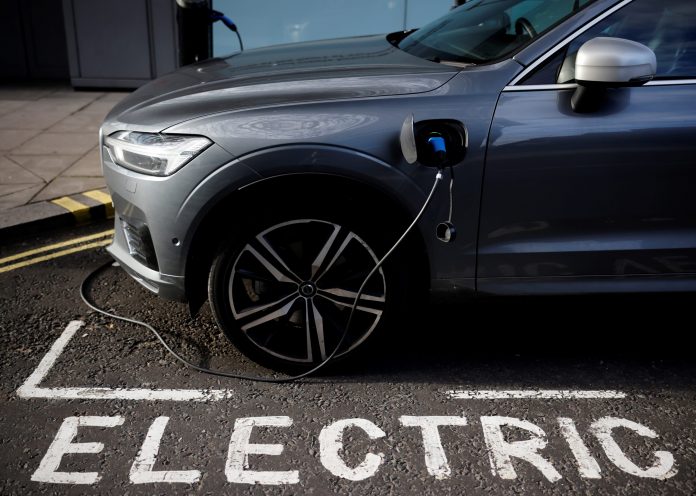TECH application: How GEO-fencing enabled people to hire car without driver
Use of technology to improve user’s experience is the hallmark of any industry. However, the GEO-fencing technology was used in E-mobility initially for a different purpose and was later adopted to better the experience of the E-commuters.
Geo-fencing is a location-based service that puts virtual parameters on an actual geographical location. Geo-fencing integrated apps use RFID, GPS systems and data networks to perform a pre-described action when a registered mobile device is located in that geographical location.

How the concept of GEO-fencing endow EV financing into E-mobility?
The concept of geo-fencing was applied in E-mobility when banks sought collateral security for financing E-vehicles. For any car loan, it’s the car itself which is kept as collateral security and the vehicle is seized in case of default of EMI payments. Collateral security means the assets pledged by a borrower as security for a loan. In a situation where the borrower defaults on the loan, the lender can claim these assets in lieu of the loan amount.
Commenting on application of geo-fencing in E-mobility Mr. Abhijeet Sinha, National Program Director of Ease of Doing Business & Project Director of NHEV said, “Banks wanted collateral assets on which the loan is taken to be secured and a guarantee of that security. This was possible only by a live tracking mechanism, which tracks the vehicle 24X7. This is regardless of the fact whether the vehicle is in running position or has shut down. It is at this juncture that we realized that if we are tracking the vehicle for banks then we might as well extend this technology for consumers to offer them car without driver. We also had the ability to stop the car whenever we wanted. Now, this ability gave us a control as well as a support.”

There is a geo fencing of the entire highway on which these E-vehicles will ply and these vehicles are by default connected to the Control Room, which in turn monitors the movement of every vehicle. The entire system is so robust that the moment a vehicle leaves the highway; the control room gets an alert.
How geo-fencing takes care of security of vehicle and passengers
With a push button from the vehicle one can talk to executive sitting in the control room on Helpline. The Helpline can relay or announce any message on car audio system directly. It also gives escalation warning and the nearest E-station is informed. The Road Side Assistance (RSA) team is pressed in to action to recover the vehicle which left the highway. Every city will have an E-Hub manager, who will be responsible for all matters related to the e-vehicle in that city.

When you buy an electrical vehicle and do its registration, you will be asked to download this an App of National Highway EV. The application provides you in the dropdown menu the main highways from your present location. Say for example if you are in Delhi, there are four highways which pass through the city towards Agra, second goes to Rishikesh, third Chandigarh and fourth to Jaipur. Out of these four, Delhi- Jaipur – and Delhi Agra is under prototype and third is already an E-Highway operated by Bharat Heavy Electricals Limited (BHEL).

Limitations of previous E-highway
On being asked what was the limitation of the E-highway made by BHEL from Delhi to Chandigarh Abhijeet Sinha said, “Unknown users are not aware of the specifications of the charger installed at this E-Highway. Whether the charger installed will match the specification of the vehicle and be able to charge the vehicle in which the commuter is travelling.”
He further says that at least these limitations have been taken care of in the new E-Highway whose second TECH-trial run between Delhi and Jaipur is being conducted by EOBD-ASSAR on July 14, 2021.

On being asked as to how the limitations of the E-Highway built by BHEL is being addressed by the present dispensation he said, “The App will tell the commuters the specification of the charger fitted on the highway and whether it will fit the specification of the vehicle in which the commuter is travelling. It will also tell the waiting time at the charging stations and how much time the vehicle will take to reach the charging station. You can book the slot for charging from the vehicle itself by paying from the E-wallet.”






